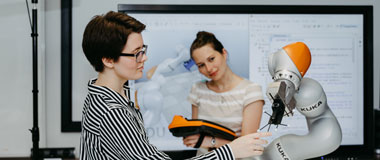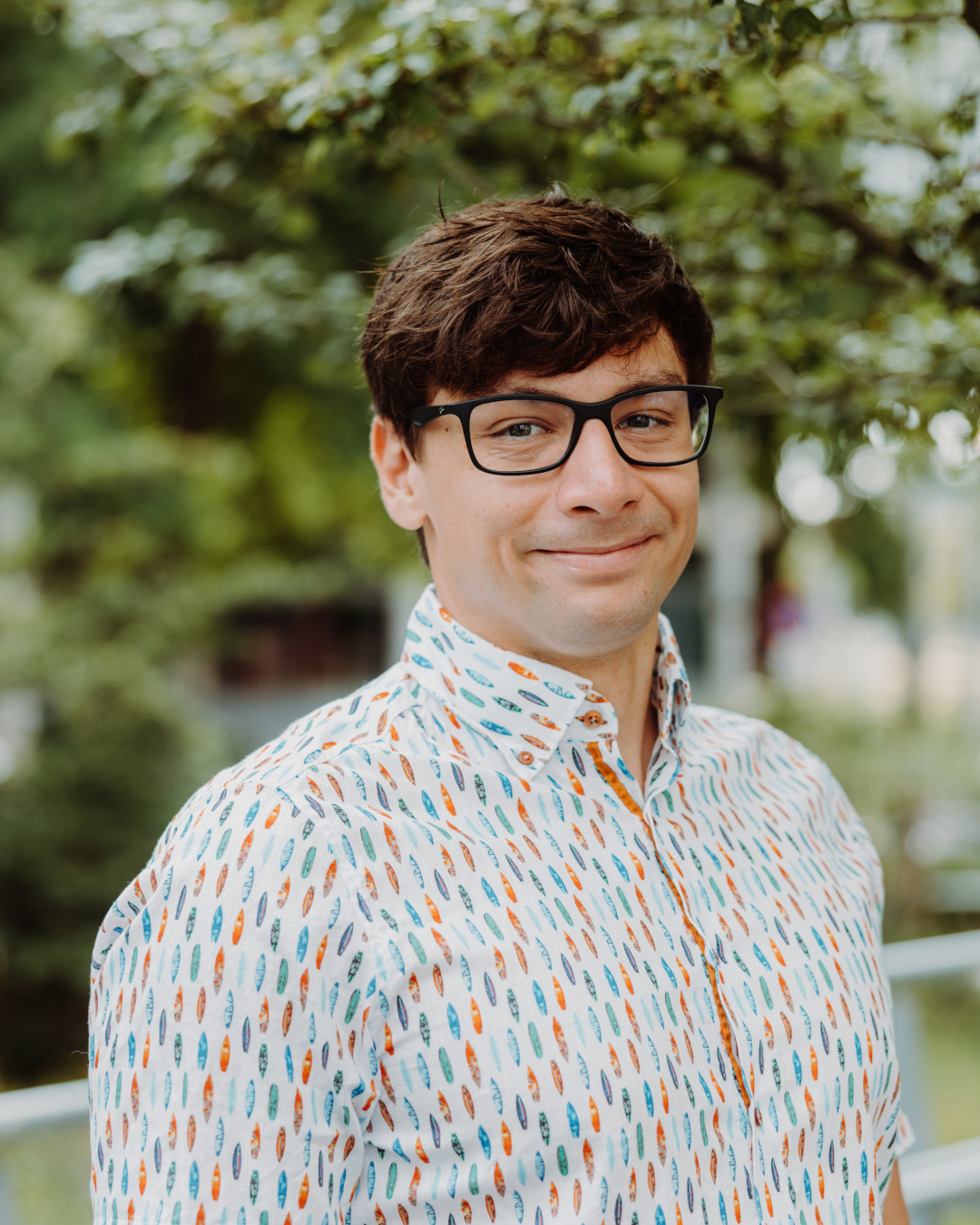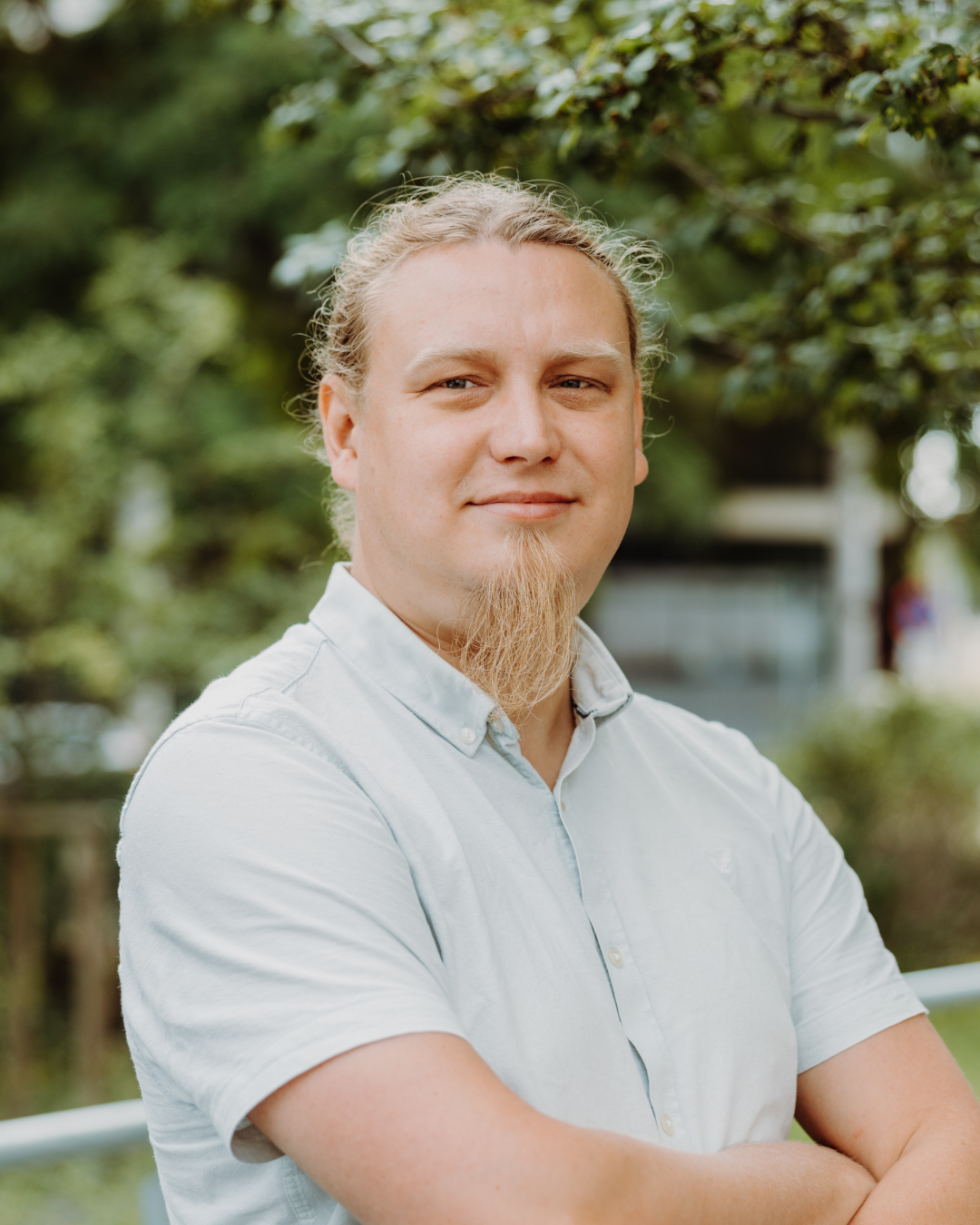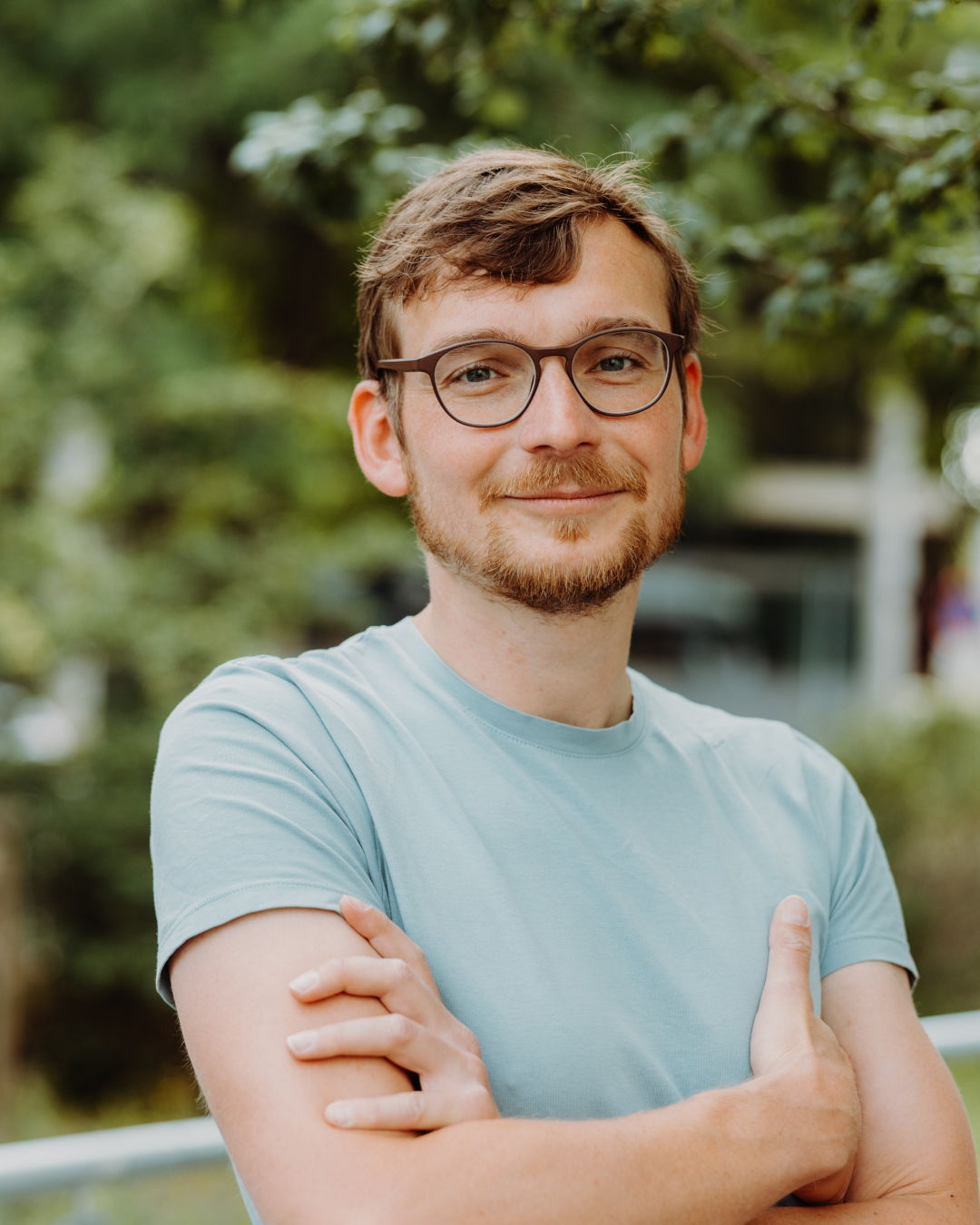VIP+ AuRora: Automatic Generation of Robot Programs
 Project Members: Prof. Dr. Frank Ortmeier, Prof. Dr. Rolf Findeisen
Project Members: Prof. Dr. Frank Ortmeier, Prof. Dr. Rolf Findeisen
Project Time: Project period: 01.01.2020 - 31.12.2022
Funded By: Federal Ministry of Education and Research
The goal of the VIP+ project is to transfer the research on task sequencing, robot movement optimization, and exact path following by nonlinear model-predictive control into an industrial application to enable more companies to integrate robots into their production process.
New Project Website: http://aurora.ovgu.de/
Robots are among the most flexible machine tools available today for industrial use. While conventional machine tools are usually highly specialised designs for individual application scenarios, industrial robots (with the right tool) can be used for an extremely wide range of application scenarios. As a consequence, one would expect specialised machine tools to be used predominantly in large series and industrial robots to be used more in the production of small and very small series because of their flexibility. However, industrial practice shows exactly the opposite: industrial robots are used today almost exclusively in large series. They play practically no role in small and very small series.
Surprisingly, the decisive reason for this lies in the programming of the robot. Although these are conceptually very simple - it is often only a single sequence of movements that must be iteratively repeated - programming for a concrete application scenario involves extremely high costs. These often exceed the initial costs and are in principle incurred again each time the task is changed. A whole series of current research and transfer projects are addressing this problem. Two fundamentally different approaches can be observed. On the one hand, attempts are made to improve or replace programming through the principle of "teaching". The great advantage of teaching-based methods is that they are easy to apply. However, the robot will only imitate the, usually imprecise and rarely time- or energy-efficient, movements of humans. As a result, only a fraction of the potential of automation is exploited. In parallel, a second group of approaches is trying to make (manual) programming more (time-) efficient. This includes new, modular software architectures, the standardisation of programming languages and environments, and the introduction of generic frameworks. This makes it possible to programme robots more time-efficiently.
In this project, the innovation potential of a third, complementary approach is to be validated. Instead of creating programme sequences manually, these are automatically derived from a model of the product to be manufactured and the machining process. Existing approaches focus on the - relatively simple - part of generating robot paths from given CAD data. The main problem, however, lies in the calculation of optimal, collision-free infeed movements and work sequences. Purely conceptually, this leads to the problems of programme and controller synthesis.
Both problems cannot be solved completely generically. However, there are very efficient solutions for excellent subproblems. In the context of industrial robotics, this means generating sequences of trajectories that satisfy a number of constraints, such as freedom from collision, energy optimality and minimum processing time. For this restricted class of problems, the applicants were able to design very efficient methods. If these methods can be efficiently connected to standard industrial robots, a leap innovation can be achieved. By automating a large part of the integration tasks, the cost of adapting a robot to changing tasks can be reduced by up to 90% (We see a 90% reduction as achievable for simple applications such as assembly/soldering. For more complex problems we expect a reduction of up to 50%), which would open up a range of new application scenarios for industrial robotics. This leads to innovation and revenue growth for both end users and robot manufacturers.
In summary, the goal of this project is to validate the innovation potential of model-based techniques for automatically generating efficient control programmes for industrial robots. If successful, a leap innovation will result from the higher degree of automation in domains where small series production takes place.
It will be part of the project to decide whether the targeted innovation can be most promisingly exploited commercially as a service, product or combination of both.









